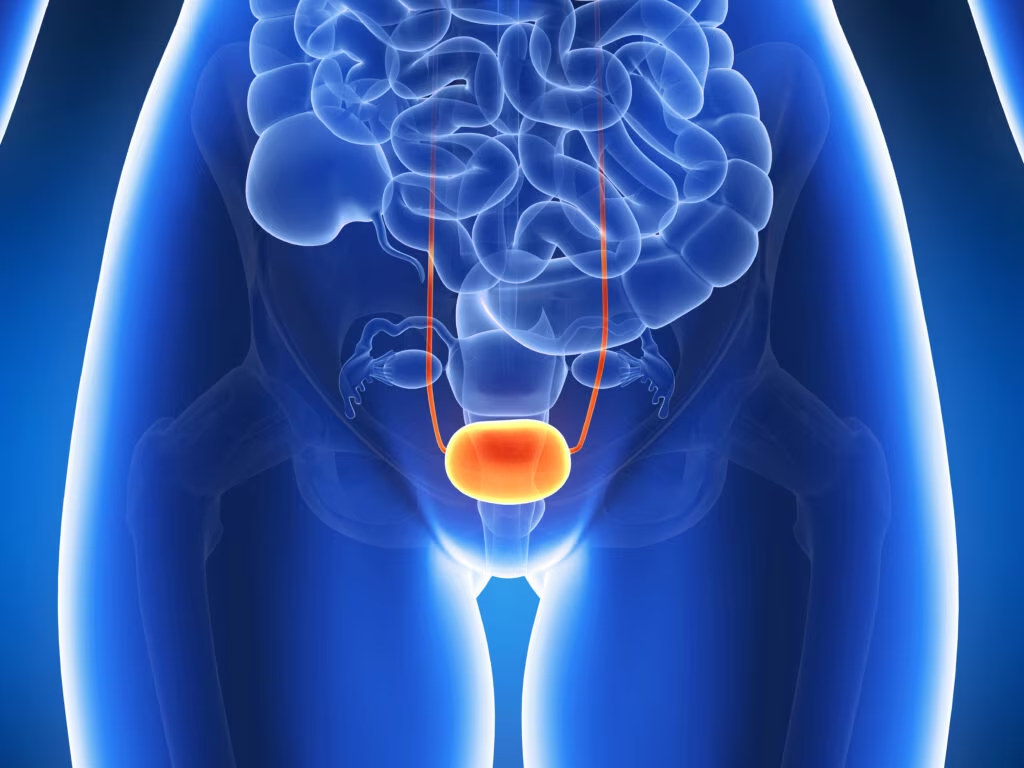Welcome to the latest edition of US Endocrinology, which includes a wide range of topical articles covering several areas of endocrinology, as well as being relevant to the broader biomedical community. We begin with three editorials on the increasingly important subject of diabetes. Hamdy poses the engaging question: can type 2 diabetes be reversed? A second editorial reviews the major developments in diabetology in 2016, with a focus on the Liraglutide Effect and Action in Diabetes: Evaluation of Cardiovascular Outcome Results—A Long Term Evaluation (LEADER) and Trial to Evaluate Cardiovascular and Other Long-term Outcomes with Semaglutide in Subjects with Type 2 Diabetes (SUSTAIN 6) clinical trials. Continuing with this theme, the next editorial explores changes in the approach to diabetes control describing new management tools and pathophysiologic insights that have brought a ‘tide of good news’ to people living with type 2 diabetes. In other editorials, Camacho presents the 2016 American Association of Clinical Endocrinologists/American College of Endocrinology clinical practice guidelines on postmenopausal osteoporosis while Davies discusses the major advances in clinical thyroidology in 2016.
Also featured are a number of interesting review articles. The key developments in pediatric endocrinology in 2015, including the first clinical trials of an ‘artificial pancreas’ in children with type 2 diabetes are presented. Visser reviews diagnostic and therapeutic challenges in the Allan–Herndon–Dudley syndrome, which is characterized by delayed neurocognitive development and abnormal serum thyroid function tests. Mechanick offers a new perspective on the growing problem of obesity with the introduction of am adiposity-based chronic disease model. In addition, Stefanaki discusses prediabetes in adolescence, and reviews current literature on all aspects of the condition, including risk factors, screening and lifestyle counseling. Additionally, the need for interventions to prevent and diagnose gestational diabetes mellitus are discussed.
Finally, this edition includes two original research studies. A case control study of 144 patients that explores the role of thyroid dysfunction in various forms of alopecia, including alopecia areata, lichen planopilaris and frontal fibrosing alopecia is presented. In addition, Nabhan describes a case of a rare association between two thyroid developmental abnormalities, right thyroid hemiagenesis and lingual thyroid, and papillary thyroid cancer.
US Endocrinology would like to thank all expert authors who contributed their time and expertise to this edition. A special thanks goes to our Editorial Board for their continuing support and guidance. We hope that you find this edition enjoyable and informative.












